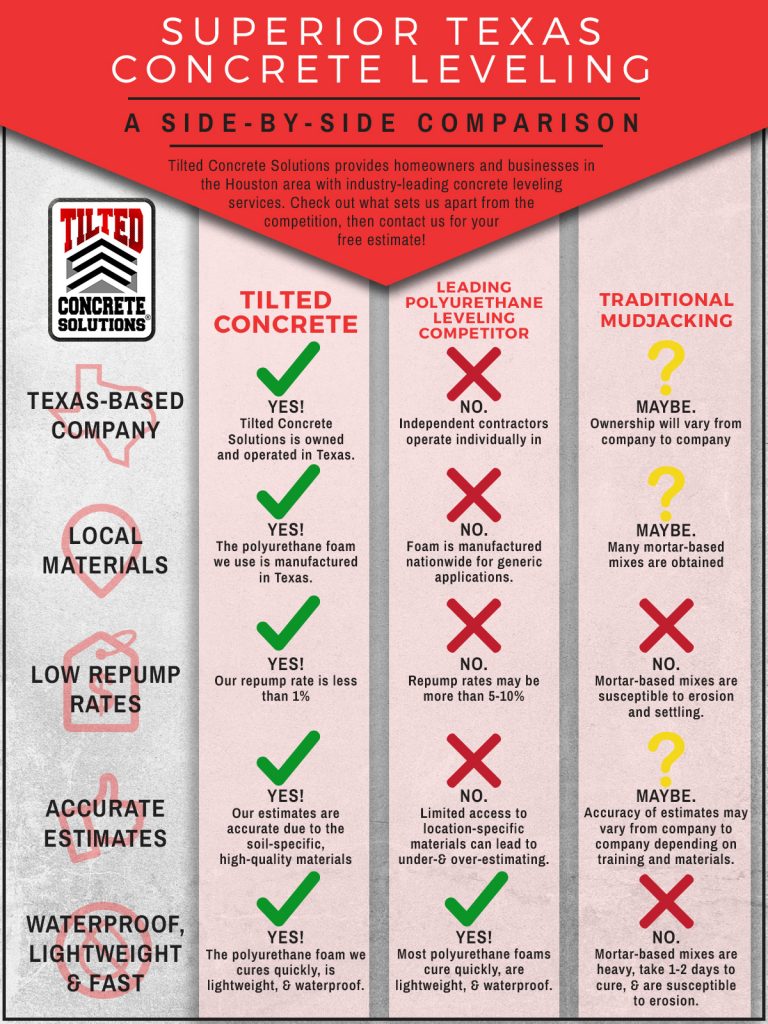Comprehending Seasonal Influences On Commercial Exterior Painting: Important Expertise For Success
Comprehending Seasonal Influences On Commercial Exterior Painting: Important Expertise For Success
Blog Article
Uploaded By-Doherty Rodriquez
When you're intending an industrial exterior painting job, seasonal variables can make or damage your results. You'll intend to think about exactly how temperature level and humidity impact paint application and drying out times. Choosing the right season can ensure your paint sticks effectively and lasts longer. However which seasons are genuinely the most effective for this sort of work? Let's explore the crucial elements that can impact your project's success.
The Effect of Temperature Level on Paint Application
When you're planning a business external paint job, the temperature can dramatically affect how well the paint sticks and dries.
Ideally, you want to repaint when temperature levels range between 50 ° F and 85 ° F. If it's as well cold, the paint might not treat properly, causing concerns like peeling off or cracking.
On the other side, if it's too warm, the paint can dry out too quickly, preventing proper attachment and leading to an unequal surface.
You ought to additionally think about the moment of day; morning or late afternoon uses cooler temperatures, which can be a lot more favorable.
Constantly examine the manufacturer's recommendations for the specific paint you're using, as they frequently supply support on the suitable temperature range for ideal outcomes.
Humidity and Its Impact on Drying Times
Temperature level isn't the only ecological aspect that influences your industrial external painting project; moisture plays a significant role also. High moisture degrees can reduce drying out times considerably, affecting the general top quality of your paint job.
When the air is filled with dampness, the paint takes longer to treat, which can cause issues like poor adhesion and a greater threat of mildew growth. If you're repainting on a particularly damp day, be gotten ready for prolonged delay times between coats.
straightline interiors to monitor regional climate condition and plan as necessary. Ideally, aim for moisture degrees in between 40% and 70% for optimal drying.
Maintaining these factors in mind ensures your project stays on track and provides an enduring finish.
Best Seasons for Commercial Exterior Painting Projects
What's the very best time of year for your commercial external paint jobs?
Springtime and very early fall are generally your best choices. Throughout these periods, temperature levels are mild, and humidity degrees are often reduced, producing excellent conditions for paint application and drying.
Prevent summer's intense heat, which can cause paint to completely dry also swiftly, resulting in bad adhesion and surface. Likewise, winter's cold temperatures can prevent correct drying and curing, taking the chance of the durability of your paint job.
Go for days with temperatures between 50 ° F and 85 ° F for optimum results. Keep in painting contractor mn to check the local weather prediction for rainfall, as wet conditions can spoil your job.
Planning around these variables guarantees your paint job runs efficiently and lasts much longer.
Verdict
To conclude, intending your industrial exterior painting projects around seasonal considerations can make a substantial difference in the result. By scheduling job throughout the optimal temperatures and humidity levels, you'll ensure much better bond and drying times. Remember to keep discover here on local weather forecasts and choose the right time of year-- springtime and very early fall are your best bets. Taking these actions will certainly aid you achieve a durable and expert coating that lasts.
